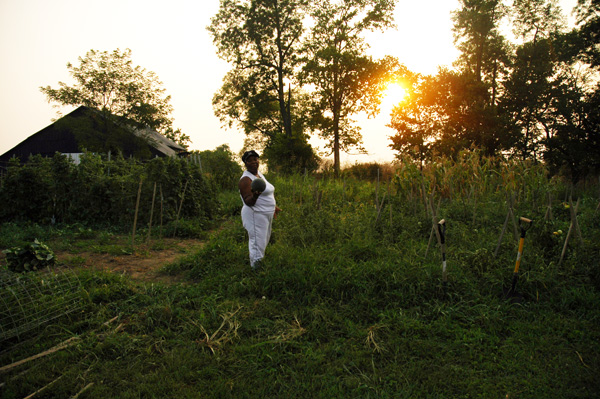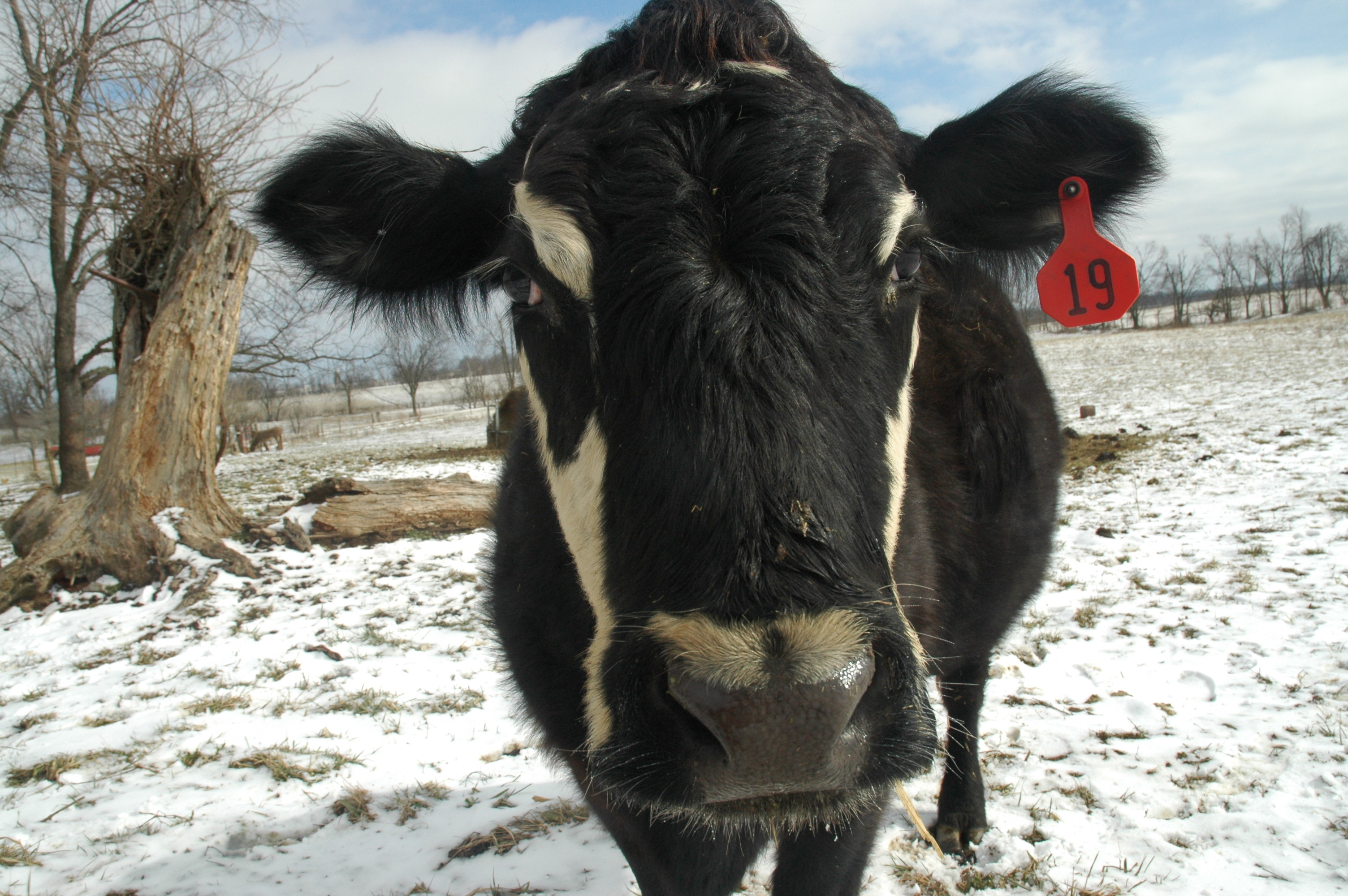
Been slowly digesting Elite Meat (heh), in the New Yorker food issue. I found Dana Goodyear’s profile of Anya Fernald, CEO of sustainable meat purveyor Belcampo, pretty appealing–most of it, anyway.
“I live in a bubble and I’m trying to create a bubble,” Fernald told me. “I recognize that we’re creating a product that is financially non-viable for a lot of people. But I’m also prepared for when the health impact becomes undeniable and people decide to reprioritize their budgets. I think my bubble’s going to get bigger. Not because I’ll find more rich people—I think more of the rest of America is going to decide this is worth it.”
In most respects, I am all thumbs up about her venture. She seems charismatic, savvy and energetic, and has worked with diverse food economies and systems dating back to the late 90s, when she advised a consortium of Sicilian cheese makers. Belcampo meats are not cheap, and yet her declared (perhaps contradictory) goal is to bring sustainably raised meat to the widest possible public. “I want to be the next Safeway,” she states at one point.
I happen to be a big fan of some of her specific approaches to raising beef:
Unlike some grass-fed purveyors, who make a virtue of leanness, Fernald slaughters her animals later in their lives, when they have put on more weight and show the marbling usually associated with the feedlot.
Me too! I keep a herd of cows, and don’t slaughter till around the two-year mark. I love fat! Also, I religiously rotate pastures (though I lack the resources for the more intensive mobbing practiced at Belcampo. Would like to try someday, though). I have a stack of back issues of Stockman Grass Farmer. Often, I market my steers directly (as Fernald did once, from the back of a van).
So … Fernald and I are in the same line of work. Basically. But for the minor matter of a $50 million investment from Todd Robinson, she could be me, I her.
Parts of this profile read like something you’d see in Vogue:
On the morning of the meeting, I found Fernald, wearing a silk wrap dress and snakeskin heels, at a standing desk in the middle of Belcampo’s office in Oakland, her laptop propped on a pile of cookbooks from the high-integrity British mini-chain Leon.
Elsewhere, Goodyear describes a kids’ lunch as “bias-cut hot dogs, meant for the under-fives” and recounts savoring a “sausage, packed in a pig bung, which had cured for three months in a nineteen-forties root cellar.” Pretty easy to make fun of, I know. In the past I’ve written about how that sort of foodie preciousness has led to attacks on the whole idea of challenging the conventional food model (also, here). (To be clear, I’m more or less pro-food, anti-foodie.)
Even benign things like humane care of animals can be taken to absurd extremes:
The last sounds a Belcampo animal will likely hear are “Sh-h-h, sh-h-h, sh-h-h,” whispered by a handler it has known since birth. After that, the “knocker,” equipped with a bolt pistol and headphones, renders it unconscious with a pop.
I’m never at ease with the idea of sending off animals I’d raised since birth to the building that turns them into meat. (Worse, of course, is having to dispatch them yourself). I can usually turn my back and walk away when I bring my steers in for processing. Once, though, when dropping off an old cow at the stockyards, I remember watching the hands unload her, and felt a major pang of guilt/sadness/regret as she hurried her gait up the ramp, eager to please, a good cow to the end. Hey, killing intelligent animals you spend a lot of time with is a sad thing. But saying “Sh-h-h, sh-h-h, sh-h-h” to a steer before stunning it? (… “the animal-whispering results in meat that is pure of stress-induced dark streaks.”) Well, if it makes you feel better about what you’re doing, fine. But this is more marketing point than science. A modest amount of stress is not going to ruin your meat. (I’m a big softie with my herd. Maybe this is me being defensive about not whispering to my cows in their final moments….)
And then there’s labor relations. In one anecdote, Fernald pays a visit to the processing facility, “the part of the company with the most failed drug tests and the greatest turnover” and can’t get the damn rustics to partake of the joy that is head cheese. One employee politely declines a sample of the brain delicacy, and returns to his repast of ketchup and spaghetti.
***
My bigger problem with Elite Meat is the quasi-messianic fervor the entrepreneur (and the scribe) have about what is at bottom a business venture.
“Our goals for 2014 and 2015,” Hanna-Korpi, an upbeat woman in her thirties wearing oversized eyeglasses and a short black dress, said. “Achieve eighteen million in revenue in 2015. How do we do it?”
The subhead ponders whether steak can Save the Planet. Where does that even come from?
That’s something for another post, I guess. At bottom, I have to address the fact that I am jealous –yes, I said it–of Fernald’s ambition and scale, and the fact that she can get 10 grand out of a single steer…. or that she has a $50 million stake from a single backer.
I find some aspects of her operation highly questionable, like spending $1.3 million on a single winter’s hay just so she can raise cattle in California, where there is basically no water. Ah, but $50 million can cover up a lot of strange decisions….
Seriously, as a farmer, I’m watching what Fernald is doing with interest. She’s passionate and connected and I do hope she succeeds in her populist goals–in making sustainable and humanely raised meat into something ordinary families buy for weeknight dinner (just not every night). The food movement needs charismatic salespeople. Me, I can’t convince my neighbors to pay $15 for pasture-raised chickens. If she can change American attitudes towards meat and make her revenue goal of $18 million, more power to her. Also, I bet her parties are a lot of fun.





